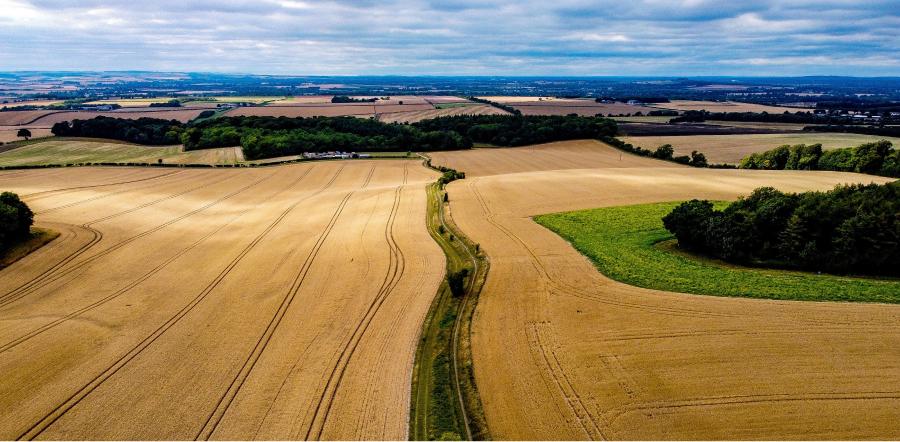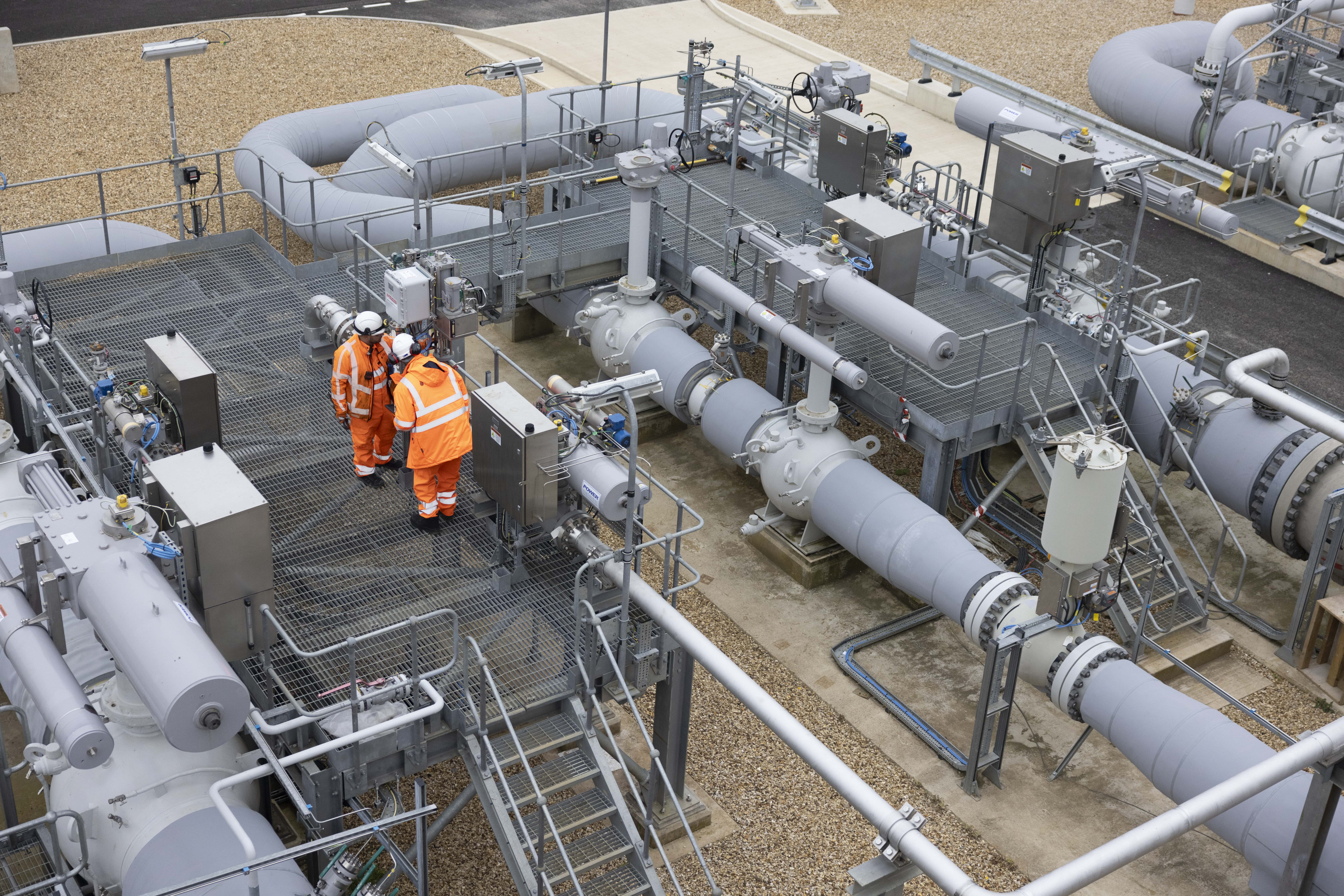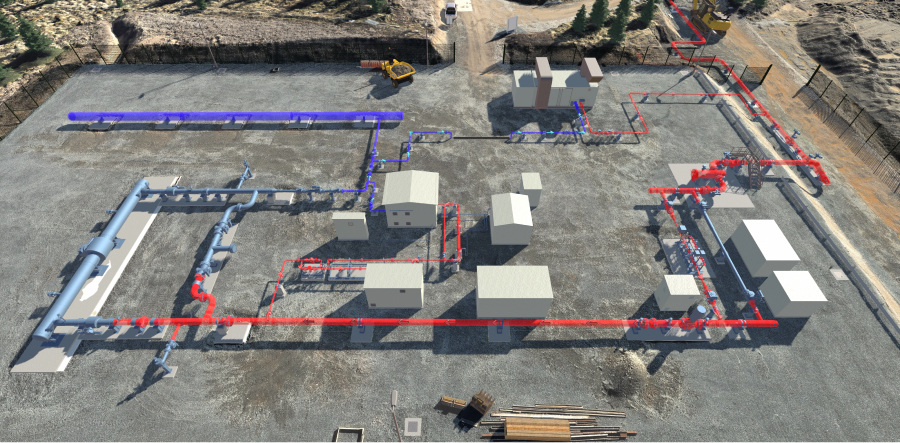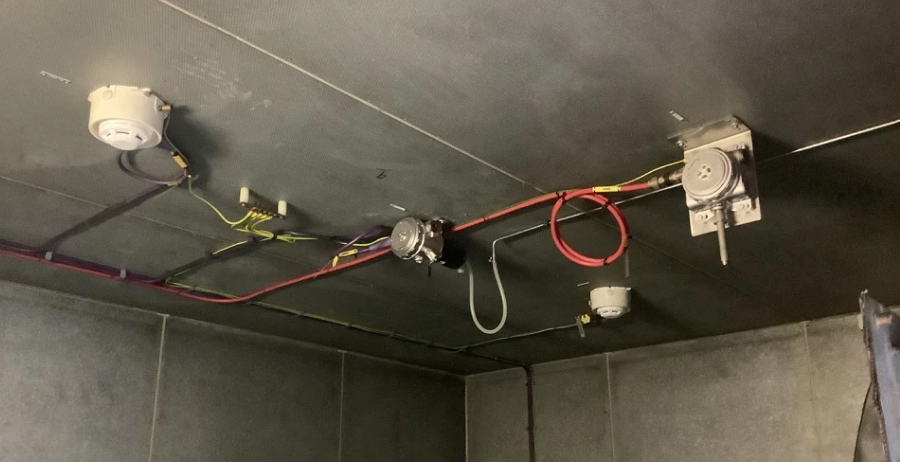23rd August 2023
Dynamic risk-based patrolling

As we transition our network to carry hydrogen, we require our network patrolling activities to be more dynamic, so in November 2022, we started a project looking at which advanced analytics tools can be used to optimise the process.
As a business, we’re responsible for the operation and maintenance of approximately 7,500km of high-pressure gas pipelines across the UK.
As part of our ongoing maintenance tasks, we carry out patrolling activities to identify any potential threats to our pipelines. These threats include:
- Third party work that we’re unaware of
- Whether ongoing work is adhering to regulations
- Detection of micro leaks, usually by observing the surrounding vegetation
- Damage to pipeline signage and markers
Patrols are carried out using a variety of means including aerial surveillance using helicopters. These current patrols are carried out at similarly scheduled intervals which as an approach has limitations.
As we transition our network to carry hydrogen, we require our patrolling activities to be more dynamic, so in November 2022, we started a project looking at which advanced analytics tools can be used to optimise the process.
Using a mathematically based prediction model, we’re investigating how using a combination of static and dynamic data sources can help determine the probability of future pipeline events.
Static inputs include data such as criticality of the pipeline, event history and type of terrain, while dynamic inputs include seasonal data, volume of work taking place nearby, and any recent events.
This data can then be used to modify the patrolling frequency and support the deployment of novel surveillance technologies such as satellite, drone, and vibration monitoring.
At the conclusion of this feasibility study, we identified several benefits of moving towards a risk-based dynamic patrolling frequency, including reduced patrolling costs and reduce





